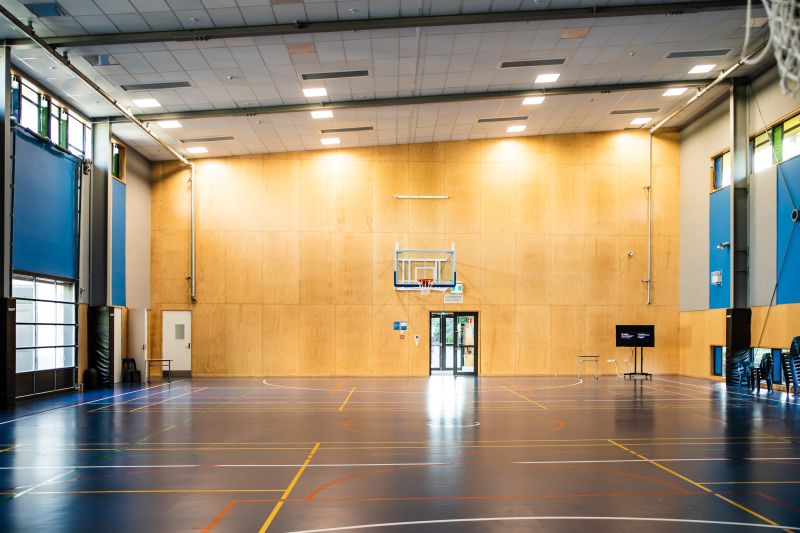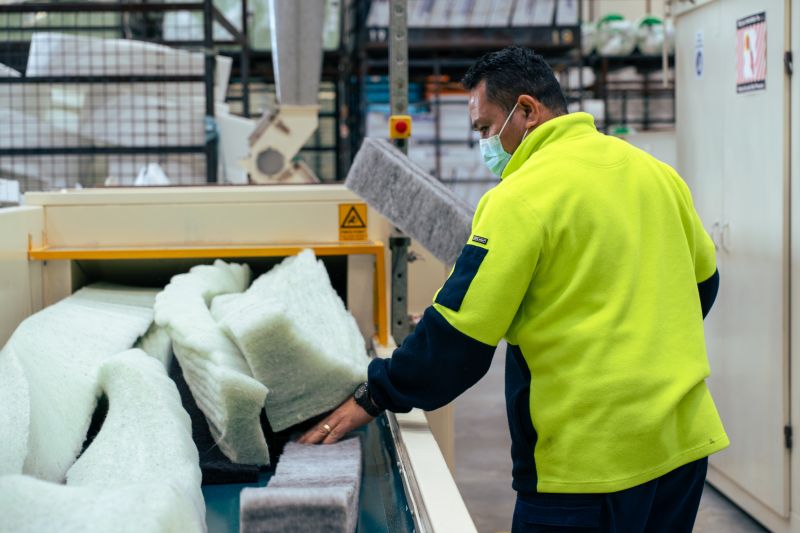
When classrooms or other teaching spaces are too loud and distracting, instructions become inaudible. Excess noise can also become a distraction for children and prevent them from staying on task.
Kaiako are impacted by poor acoustics as well, as they strain their voice to be heard. Poor classroom acoustics also amplifies background noise like traffic, construction or other children passing by.
Read the latest print edition of School News HERE
Proper classroom acoustics is also a matter of equity. AUT PhD scholar Megan Burfoot, says the detrimental effects of poor classroom acoustics “are amplified tenfold for those with disabilities or a second language.”
Poor acoustics are usually caused by two factors: too much background noise and/or long reverberation times.
If dealing with the former, there are a few measures that can be taken to improve background noise. Among the simplest might be creating quiet zones in certain parts of the school, or installing noise-blocking curtains in road-side classrooms. Strategically deployed and multifunctional soft furnishings can also help to absorb unwanted sound and improve classroom acoustics. However, these measures are usually temporary and less effective than permanent solutions.
Another option that will see long-term benefits is retrofitting old classrooms with new noise insulating materials. This may be beneficial for older blocks where noise insulation is poorly designed or non-existent. Different noise insulation is designed to stop sound leakage through ceiling spaces, or inside interior and exterior walls. This will help reduce noise leakage between classrooms as well as from external sources like roads.

When building new blocks or learning areas, acoustics is an important factor to consider and investment into proper noise insulation may save headaches and costs down the line.
Auditoriums, halls and gymnasiums are spaces in schools with notoriously poor acoustics. These large areas may benefit from strategically placed sound-absorbing materials like rugs and soft dividers. More permanent solutions include sound-absorption padding that can be fitted to walls. These come in a variety of attractive sizes, shapes and colours to suit the needs of your space.
Ben Hutter from Greenstuf Insulation said that clear speech and sound are essential for learning, yet excessive noise in classrooms can make it difficult for children to hear what is being said. “While children’s listening skills develop, they are more likely to miss words and sounds from teachers or fellow pupils, and will struggle to fill the gaps, leading to distraction and disengagement. Acoustic insulation reduces airborne sound, impact noise and noise transmission by controlling resonating noise and enhancing learning outcomes for children in educational environments.
“Part of designing for optimum acoustics is considering factors such as environmental conditions and intended use, whether rooms are large or small, have high ceilings or low, and what construction materials are used,” Mr Hutter said. “For example, wood and concrete have different acoustic properties which will determine which insulation is most suitable. By tailoring acoustic insulation to the specific properties of spaces, you can ensure optimal sound control, creating a positive learning environment for all.”

Mr Hutter explained how schools can make environmentally conscious insulation choices. “Opting for insulation products that incorporate recycled fibre is a great sustainability choice. Researching the sustainability values and initiatives of insulation brands will help you to make a conscious decision.
“Additionally, ensure your insulation is locally made for greater sustainability and a lower carbon footprint. Lastly, choose high-quality insulation resistant to settling or slumping over time, ideally with a durability warranty. This minimises the need for frequent replacements or eliminates it altogether.”









